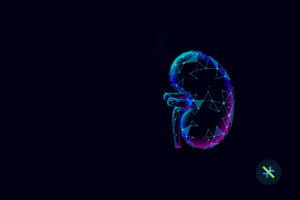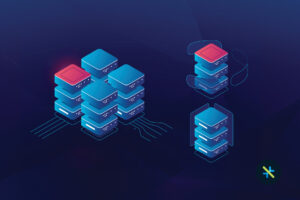With the rise of ChatGPT, you might be wondering, “Is this post written by a human?” Yes, it is. Call me old-fashioned, but I wanted to share a few thoughts about this rapidly changing space of AI-assisted content creation without giving the AI a chance to contribute.
Swirling in my mind has been the persistent question, “What should we do?”
ChatGPT is said to be a “version 3.5” of the GPT release cadence, and tech geeks following along are wondering how impressive, how useful, and how scary version 4 will be. I’m not an AI insider, so the release of DALL-E 2, Stable Diffusion, PaLM, Midjourney, SEER, Whisper, and GPT variants seemed to come out of nowhere. Experts might see this growth stage as just another incremental evolution in AI capabilities, but clearly, it has captured the world’s attention.
So back to the question, “What should we do?” Or more specifically, “How should KANINI respond to increasingly powerful AIs?”
First, we’re going to embrace technology. I don’t know what that means exactly in concrete actions, but at a conceptual level, we’ve decided to be open to potentially rapid changes in how digital solutions are built, tested, hosted, and maintained. If a near-future AI can scan all our code and write missing tests or fill in missing documentation, then we’re going to use AI for exactly those purposes. If AI can provision infrastructure with commands like “Please add a failover database” then we’ll do that too. — Notice that I said “Please”… it still feels uncomfortable to prompt an LLM without pleasantries, but maybe I’ll get used to it! 😄
Secondly, we’re going to support one another. AI-assisted workflows will likely affect some jobs more than others. As an example: Testing seems (to me) ripe for disruption because I am consistently disappointed by so-called “state-of-the-art” testing tools. Running a quality QA practice is hard, and apparently, writing quality QA software is even harder! We don’t know which tools will be most disrupted by the next round of LLMs, but KANINI is now making a commitment to double down on the excellent KANINI Academy that’s a big part of our company’s success and long-term strategic vision. AI is on our radar, and KANINI Academy graduates will be immersed in AI-assisted tools and workflows as part of this year’s curriculum. To expand on that, we’re adding more cross-skilling and up-skilling programs to KANINI Academy; we want this academy to serve all employees from first-year “freshers” to senior architects and principal engineers. It should be a place where anyone can learn new technologies and skills.
So, our response to ChatGPT was initially a sense of wonder and amazement, and we still don’t know “where this is going” or how quickly the work on digital solutions will change because of AI. However, we’ve started to make commitments: commitments to embrace those changes and commitments to double down on KANINI’s excellent internal training programs. We’ll probably make mistakes along the way, but with these commitments, I feel confident we’ll quickly adapt and thrive.
Our future with or without AI is bright, but now it seems likely that AI is going to be a core part of our everyday workflows. To that, I say: Bring it on!
What about you? Please share your thoughts about ChatGPT and how are you planning to ride the wave with millions out there who are already active in this phenomenal LLM revolution. It would be great to connect and have a chat – to get your perspective on ChatGPT within your domain and business.
Watch this space for more on AI and ChatGPT from KANINI. Let’s keep the conversation flowing!
Author

Robert Claypool
Robert is heading the Product Engineering Practice at KANINI. He has 16 years of experience in software development and spatial data analysis. Since 2012, Robert has been managing our Windows and Linux cloud infrastructure on AWS and Azure. And as the director of applications development, he oversees systems architecture, security, and DevOps practices across the organization.








